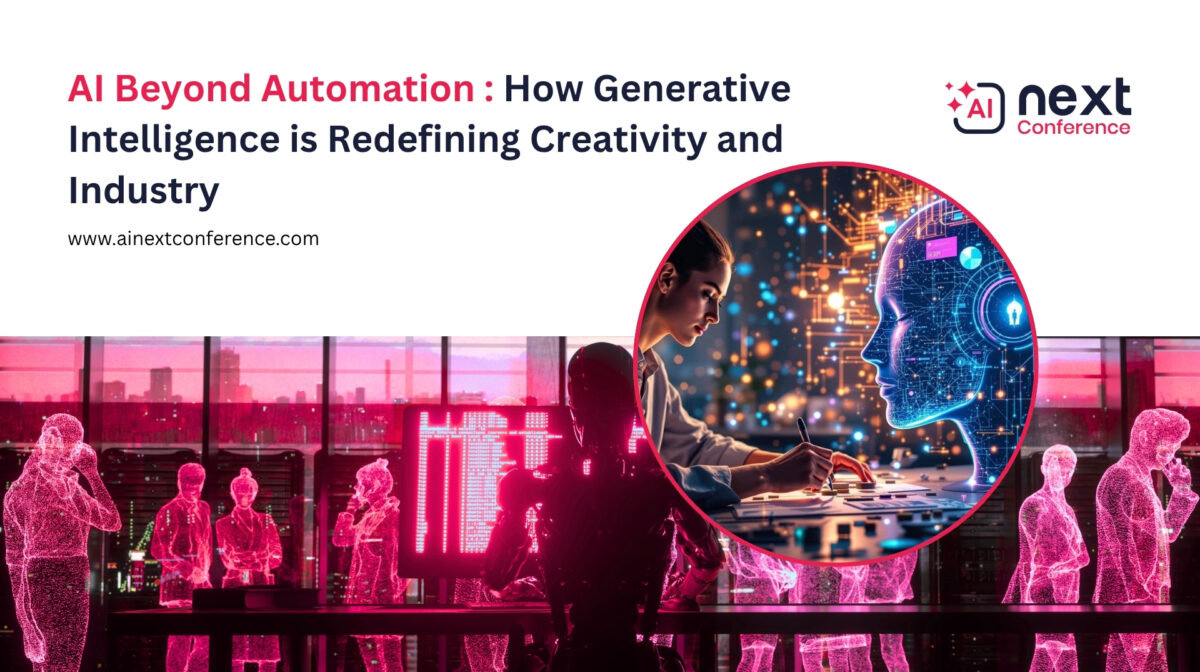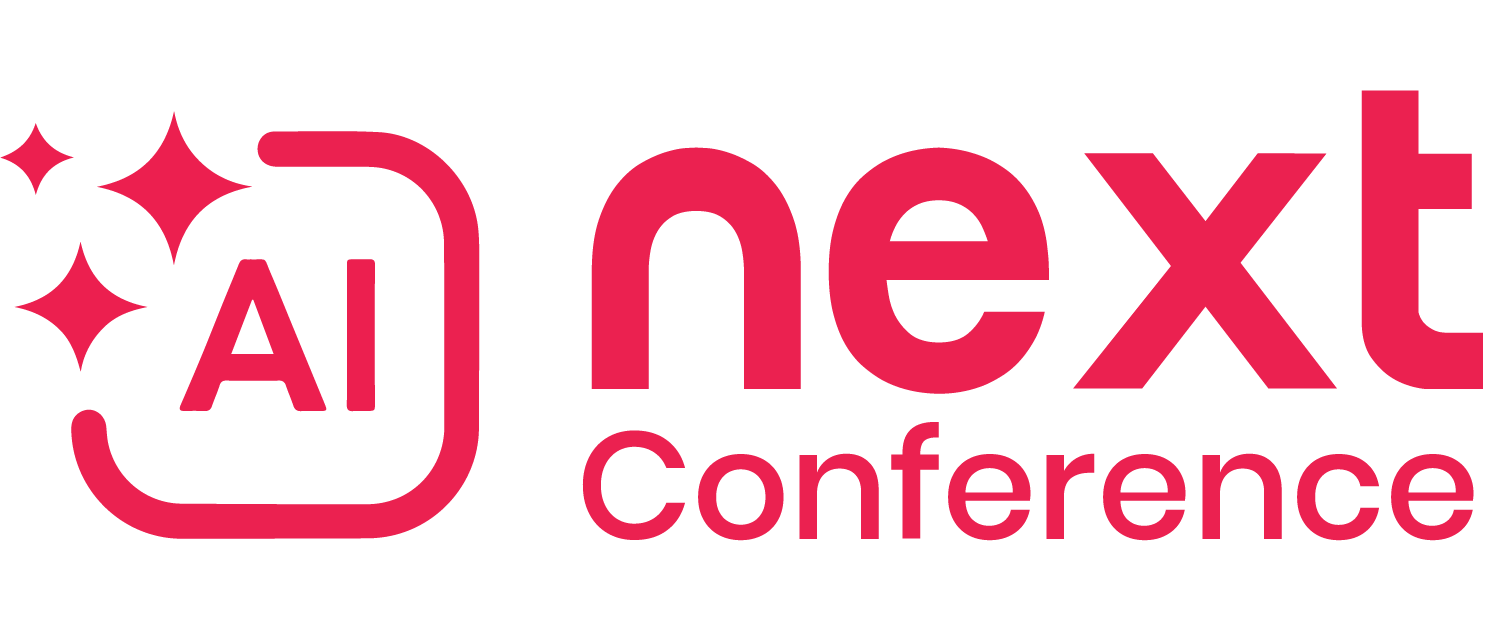
AI Beyond Automation: How Generative Intelligence is Redefining Creativity and Industry
Discover how generative AI is transforming creativity, innovation, and industries worldwide. Explore real-world examples, human-AI collaboration, and what to expect at AINext 2026.
Generative AI is no longer a futuristic concept—it’s a transformative force blurring the boundaries between human creativity and machine intelligence. Far beyond automating mundane tasks, this technology inspires originality, fuels innovation, and unlocks new forms of expression across creative and industrial domains. Welcome to the era of generative intelligence, where machines co-create alongside humans.
What is Generative Intelligence?
Generative AI refers to advanced deep learning models designed to generate new content—including art, music, text, design, and code—by learning from vast datasets. Unlike traditional AI that simply analyzes or predicts outcomes, generative intelligence creates. It embodies imagination through algorithms, producing visuals, stories, and solutions that challenge what’s possible in human invention. This powerful capability has sparked a creative revolution touching virtually every industry.
Revolutionizing Creativity and Innovation
Generative intelligence is democratizing creativity by making advanced creation tools accessible to everyone. Whether you’re an artist exploring new mediums, a marketer designing personalized content, or a business innovating products, AI enhances your creative process while elevating efficiency.
Marketing: Brands use generative AI for dynamic ad generation, hyper-personalized messaging, and rapid content creation that resonates with audiences in real time.
Design and Product Development: Engineers and architects leverage AI to test infinite design variations, optimize performance, and visualize concepts before production.
Media and Entertainment: Creators collaborate with AI for music composition, scriptwriting, and immersive storytelling that captivates global audiences.
This synergy of technology and creativity drives innovation at unprecedented speed—transforming how industries ideate, design, and engage.
Real-World Example: Apple’s Generative AI Integration
A prime example lies in Apple’s Apple Intelligence _a generative AI suite that merges creativity with privacy. Integrated seamlessly across devices, it delivers smart writing suggestions, visual organization, and context-aware assistance—all powered by on-device processing to protect user data. Apple’s model demonstrates how generative intelligence can elevate user experiences while respecting ethical AI principles and individual privacy.
The Power of Human–AI Collaboration
Generative AI is not replacing human imagination—it’s amplifying it. By acting as a creative co-pilot, AI enhances human intuition and problem-solving. This collaboration allows designers, artists, and entrepreneurs to envision solutions that blend emotional depth with computational power. The future of creativity lies in this continuous dialogue between humans and intelligent machines.
AINext 2026: Shaping the Future of Generative Intelligence
The AINext Conference Las Vegas 2026 is the ultimate destination to experience the next wave of generative innovation. On May 21–22, global experts, creators, and technologists will gather to explore how AI-driven creativity is redefining industries. Attendees can expect live demos, keynote sessions, and interactive exhibits showcasing real-world applications of generative intelligence—from visual art engines to multimodal AI systems.
Conclusion
As generative intelligence continues to evolve, it redefines the relationship between technology and creativity. No longer a passive assistant, AI is now an equal partner in shaping ideas, art, and innovation. Join the world’s brightest minds at AINext 2026 in Las Vegas, and witness firsthand how generative AI is transforming imagination into industry-wide impact.
References
Stanford’s HAI:The Impact of Generative AI on Work Productivity
OECD:Unlocking productivity with generative AI: evidence from experimental studies





